LeDao L90: Beyond Expectations?
![]() 04/08 2025
04/08 2025
![]() 676
676
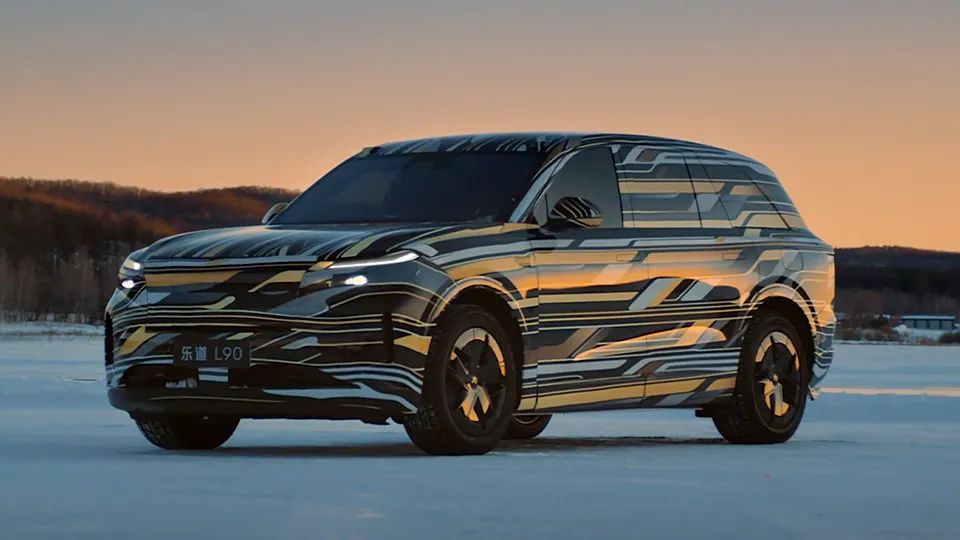
In 2025, LeDao Auto, which had set an ambitious monthly sales target of 20,000 vehicles, failed to kickstart the year as envisioned. During the first quarter, it managed to sell just 14,781 vehicles, averaging under 5,000 units per month. This was swiftly followed by the resignation of Ai Tiecheng, the company's president, on April 2nd, sparking widespread debate online about the future direction of LeDao.
Delivery delays, marketing missteps, and negative public sentiment might seem like immediate reasons for LeDao's slow start. However, we must acknowledge that in today's fast-evolving automotive landscape, the L60's product offering fell short. Fortunately, the highly anticipated new flagship SUV, LeDao L90, is set to make its official debut at this month's Shanghai International Auto Show. Last week, LeDao Auto released a teaser video for the upcoming model, revealing glimpses of the camouflaged vehicle.
Space Rivaling L9? Air Suspension Included!
As a pure electric flagship SUV, the L90's dimensions are unmistakable. Unlike the avant-garde fastback coupe design of the L60, the L90 adopts a more conventional approach. This stable silhouette accentuates its sheer size, maximizing interior space utilization.
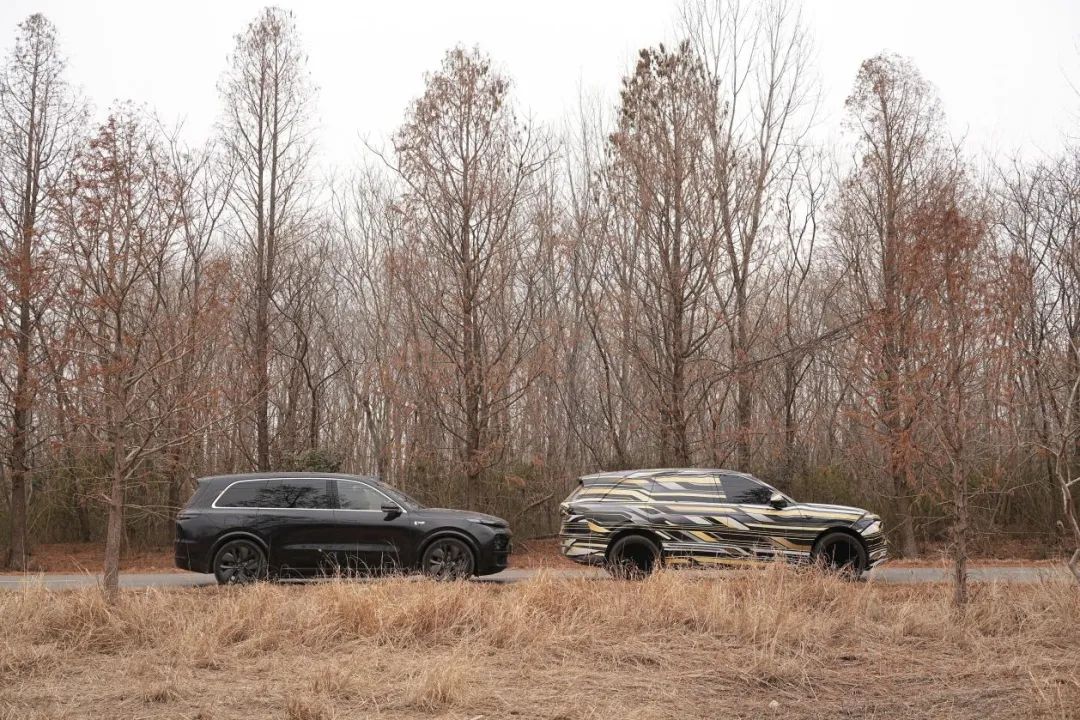
Just how big is the L90? Back in February, LeDao officially compared the L90 with Li Auto's L9, revealing near-identical dimensions from the side, with the L90 appearing slightly taller. The L9 measures 5218x1998x1800mm, suggesting the L90's length should exceed 5.2 meters.
But size isn't everything. Upon closer inspection, the L90's shorter front overhang and front end, thanks to its pure electric platform, stand out. Meanwhile, the L90's significantly longer rear overhang compared to the L9 offers numerous benefits. A shorter front overhang optimizes space, providing more room for the front row and a longer wheelbase, enhancing cabin space utilization. It also improves the vehicle's approach angle and reduces the turning radius, enhancing maneuverability and off-road capabilities. This explains why the L90 teaser video prominently features scenes of drifting on ice and snow fields and mountain road curves.

The same logic applies to the rear overhang. A longer design leaves more space for rear passengers and the trunk. For large SUVs with six or seven seats, the third row is typically positioned behind the rear axle to maximize passenger space and minimize suspension vibrations impacting comfort. By compressing the front overhang, the L90 maximizes the rear overhang, balancing trunk and third-row space effortlessly. This suggests the L90 could offer users a more comfortable and spacious experience.
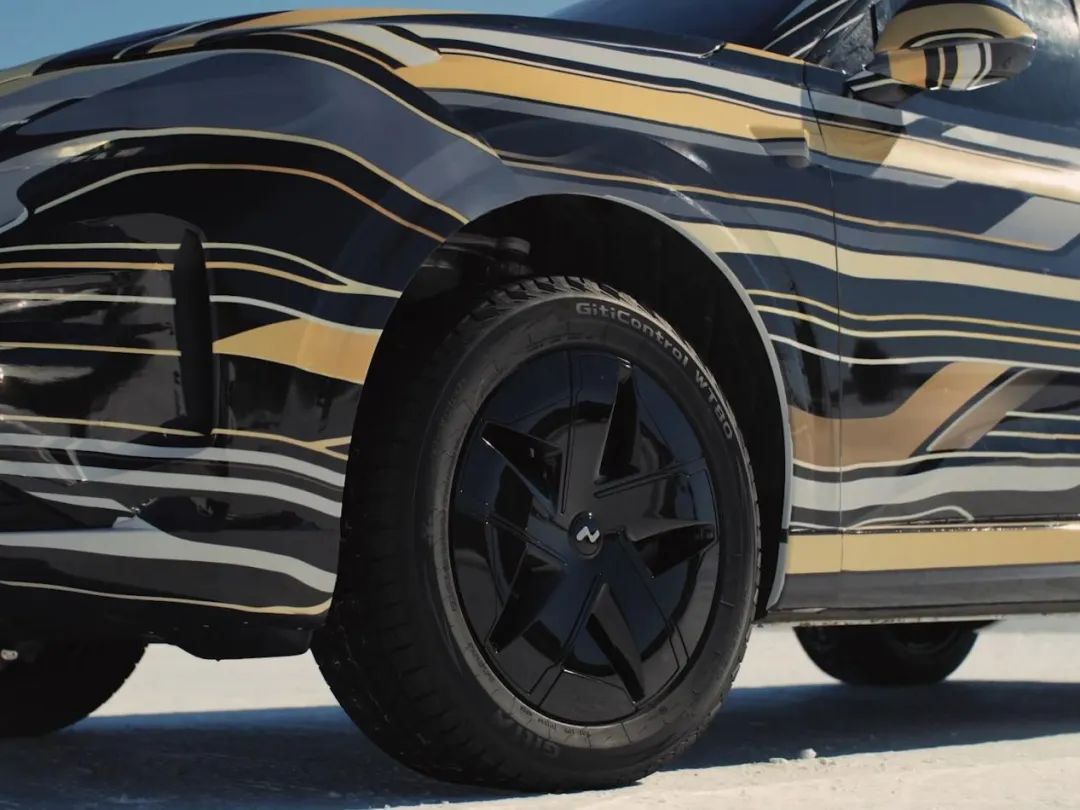
Another highlight from the video is the suspension system, which finally lives up to expectations. Yes, the L90 features air springs, likely accompanied by CDC continuously variable damping shock absorbers and double wishbone suspension—a must for a flagship model. With competitors offering similar features, it would be a disappointment if the L90 settled for MacPherson suspension. Given that current C-segment pure electric SUVs weigh over 2.5 tons, double wishbone suspension, air springs, and CDC shock absorbers are essential for a smooth and stable ride.
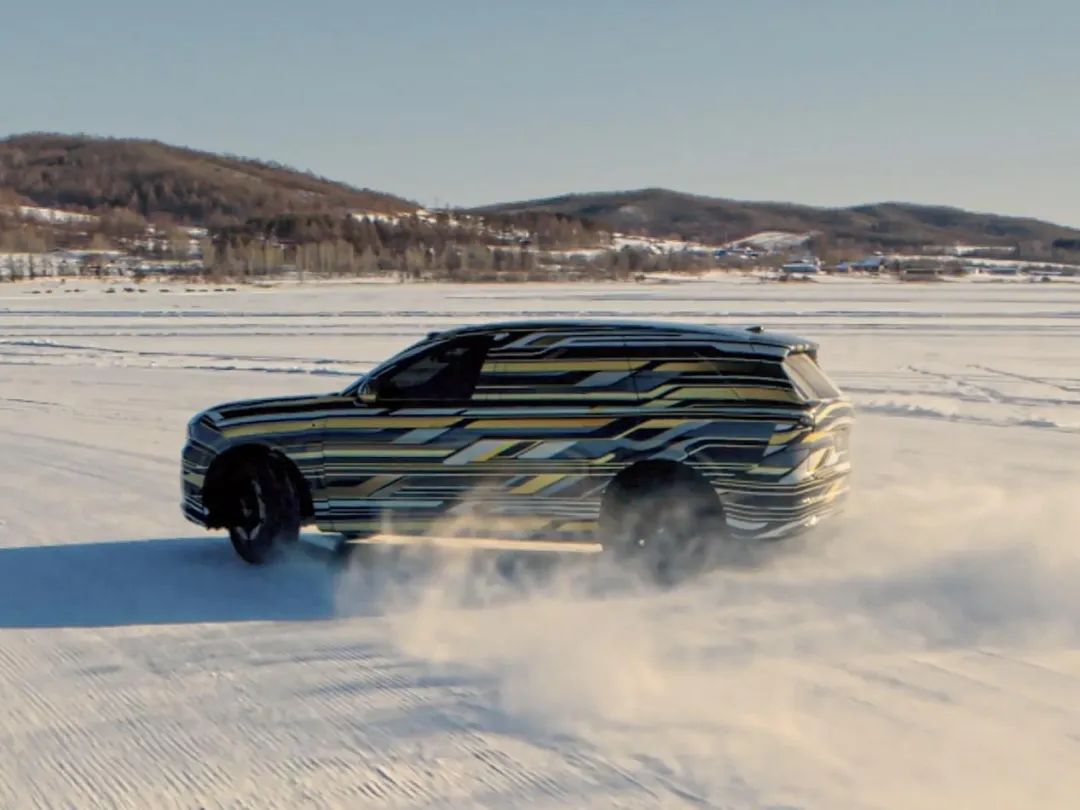
Judging by the L90's dynamic performance in the video, this suspension system appears robust, maintaining stability on icy roads and mountain curves. However, due to cost considerations, air suspension will likely be an optional extra rather than standard across all L90 models.
Hardware Remains Similar; Will Intelligent Driving Deliver Surprises?
Currently, details about the L90, apart from its spaciousness and air suspension, are scarce. However, it's confirmed that the SUV will build on the 900V NT3.0 platform, offering 60kWh lithium iron phosphate and 85kWh ternary lithium battery packs, as well as rear-wheel and four-wheel drive options. The flexibility to charge or swap batteries is undoubtedly a key strength, but with the same platform and battery packs, how it will perform with increased weight and wind resistance remains to be seen.
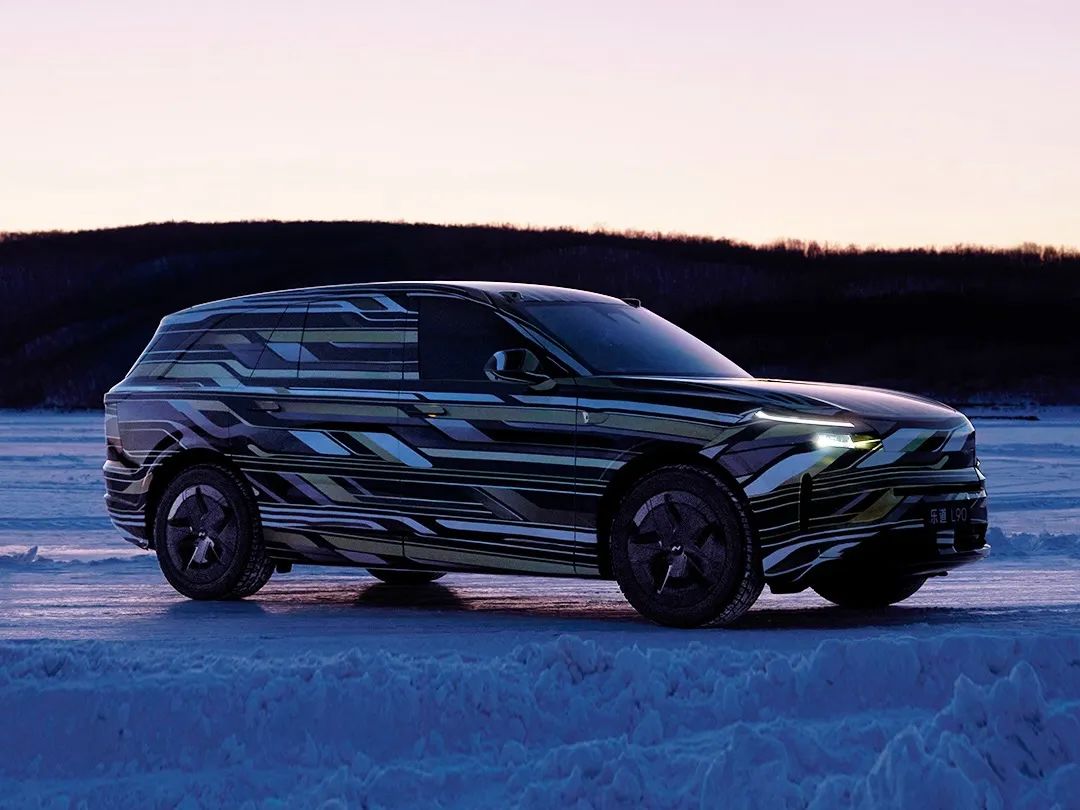
Regarding intelligent driving, the L90 continues without lidar, suggesting it may rely on LeDao L60's pure visual perception solution, integrating high-definition cameras, millimeter-wave radars, 4D millimeter-wave radars, and ultrasonic radars. Two main uncertainties remain: will it use the NVIDIA Orin-X chip or switch to the self-developed Shenji chip, and will NIO's world model be shared with LeDao?
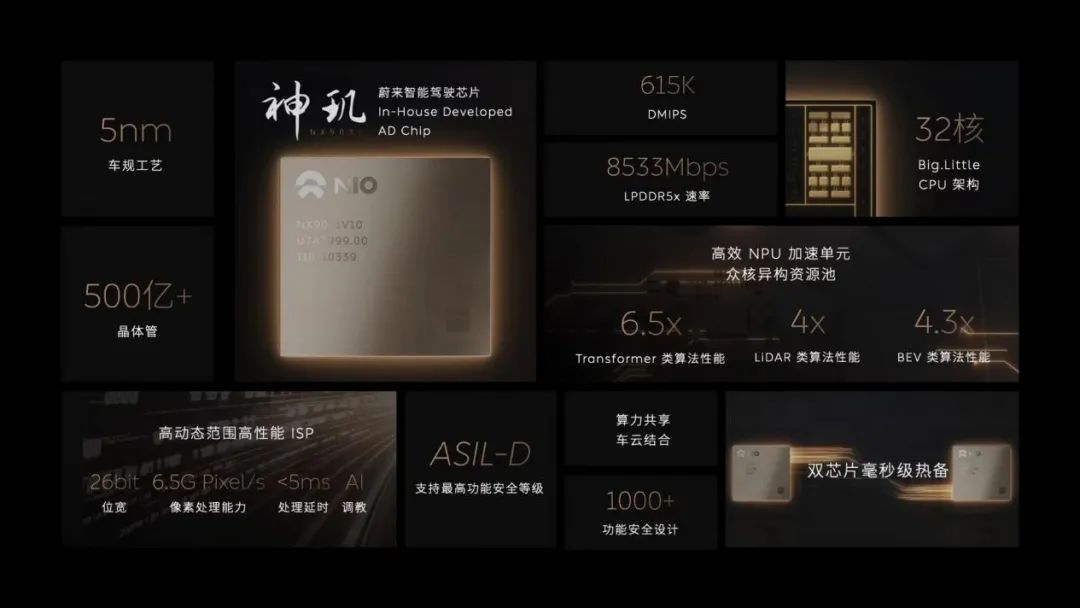
From a cost perspective, using the self-developed Shenji chip is more economical than procuring from NVIDIA. Li Bin previously stated that each NVIDIA chip costs around 2,700 yuan, totaling 11,000 yuan for four chips per vehicle. In contrast, NIO's Shenji chip could save up to 10,000 yuan. However, deploying the Shenji chip on LeDao involves resource allocation considerations. With the Shenji chip already confirmed for the NIO ET9 and upcoming "5566" models, it's plausible that NIO will prioritize its own lineup before LeDao. Therefore, the L90 might initially stick with the Orin-X chip. As for sharing NIO's world model with LeDao, it's more a matter of time than technical feasibility. So, for LeDao enthusiasts, especially those keen on intelligent driving, it's best to temper expectations for now.
Final Thoughts
Both NIO and LeDao have consistently delivered strong products, even the underperforming L60. Often, what hinders sales is pricing that doesn't meet consumer expectations. There's no such thing as an unsellable car, only an unsellable price. For the L90 to revive LeDao's fortunes, pricing must be meticulously considered. Currently, the L60 rear-wheel drive 60kWh battery version retails for 206,900 yuan, dropping to 149,900 yuan with the BaaS battery rental plan. If the L90 can be priced within 250,000 yuan, it stands a strong chance of becoming a hit. What do you think the new car will cost?







